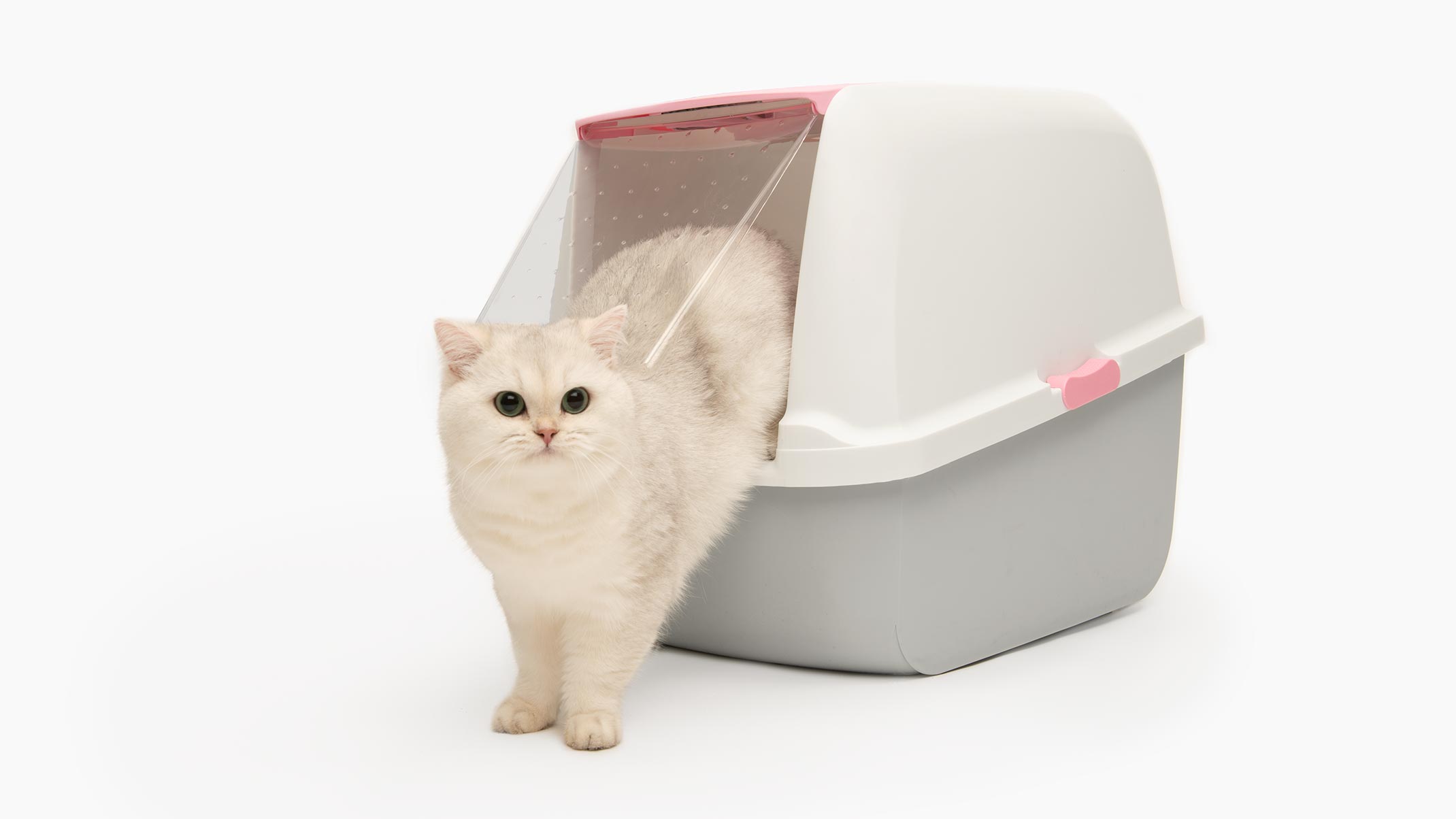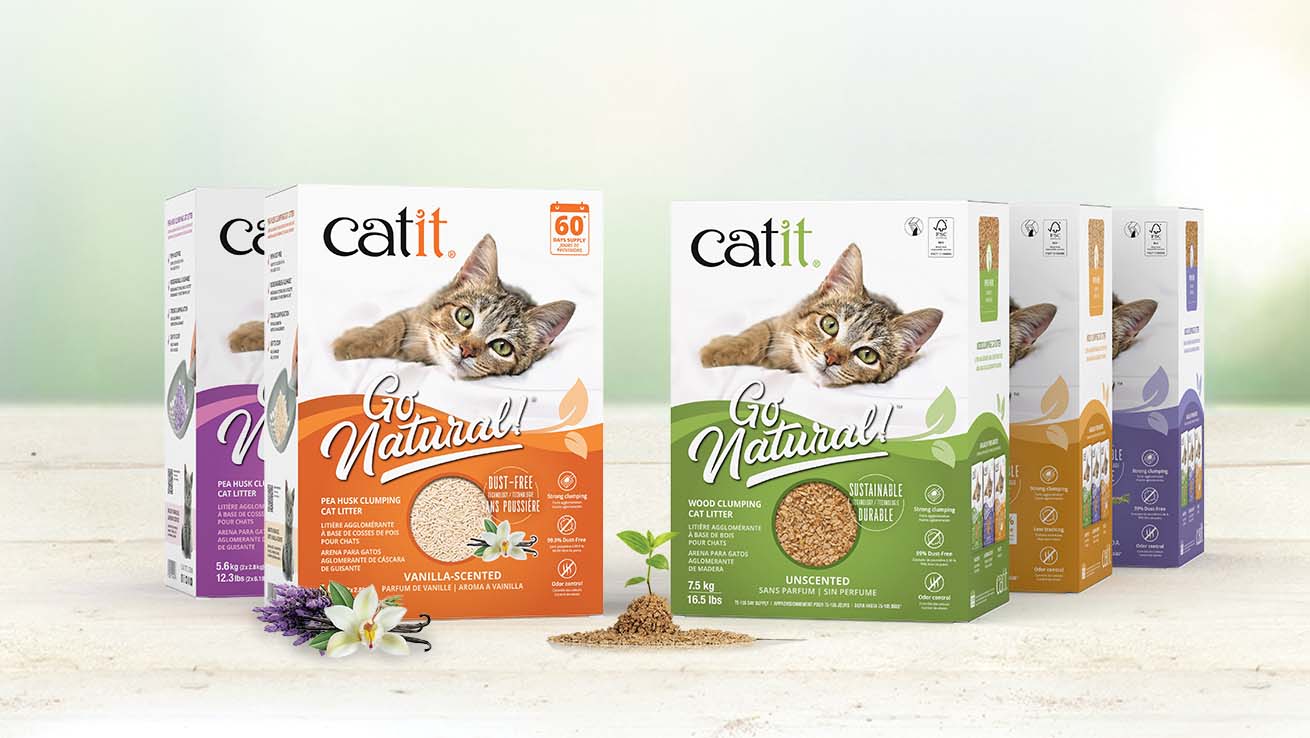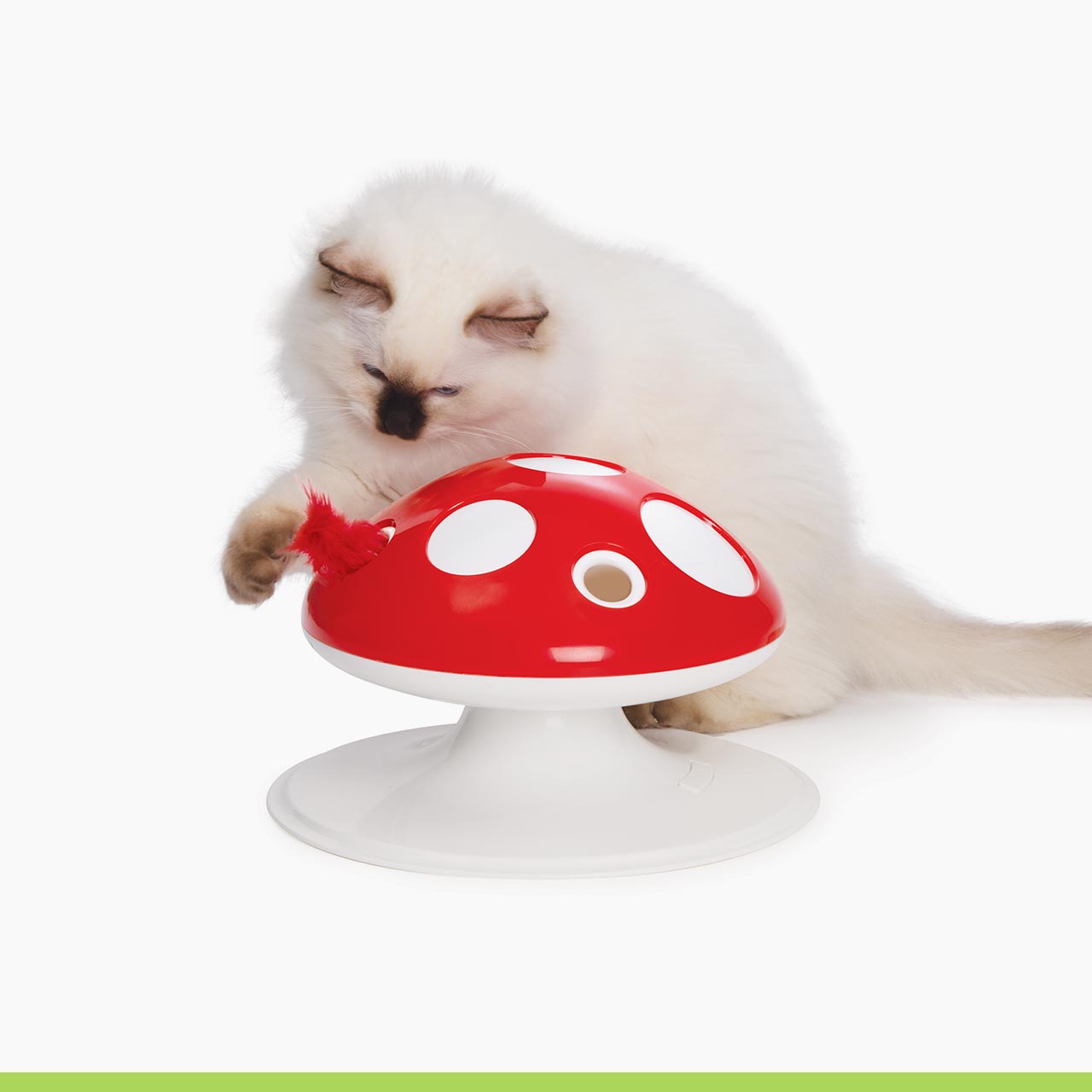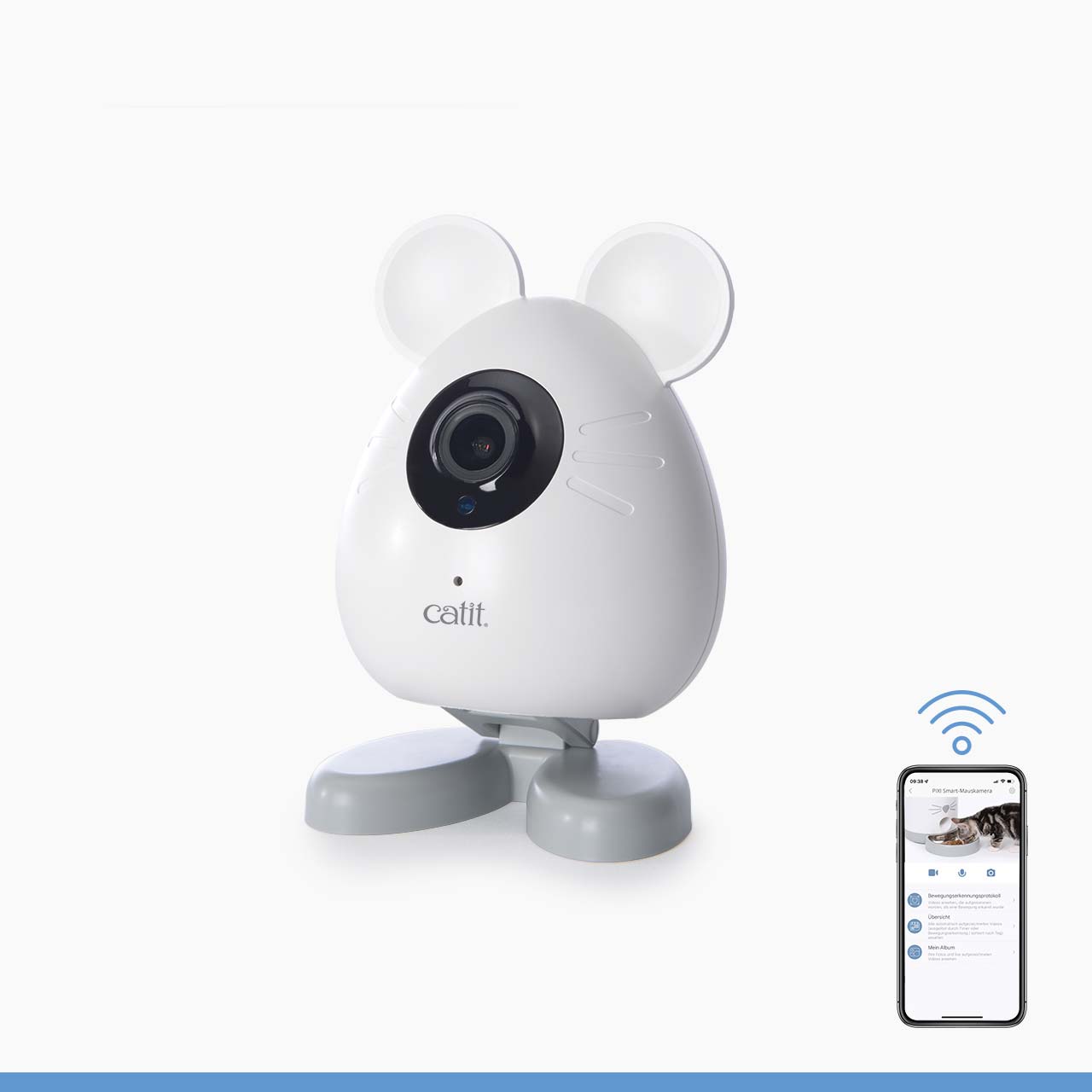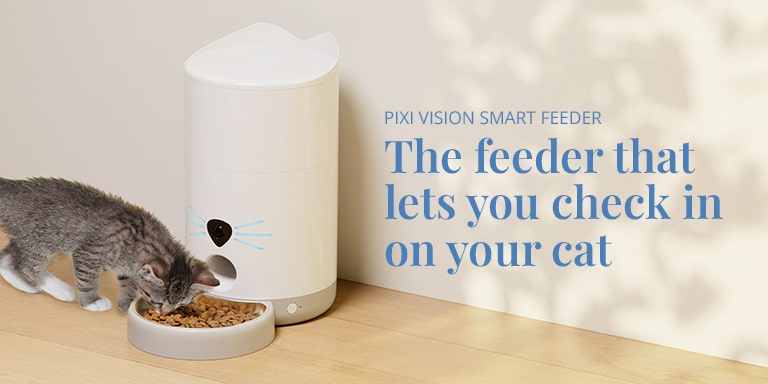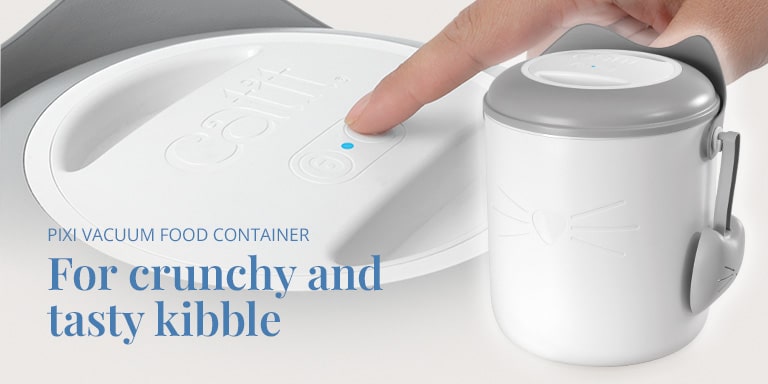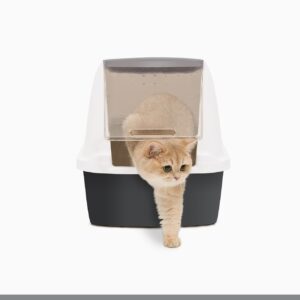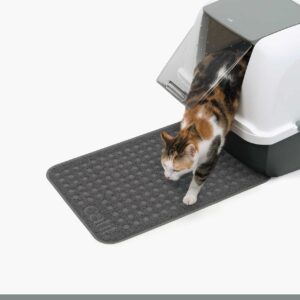In this article
Step 1: adding an extra litter box
Before you get started, make sure you have a spare litter box available. Next, fill it with the new litter you bought, and place it next to your cat’s “old” litter box that still contains the litter that your cat is used to.
Step 2: study your cat’s preference
Keep an eye on your cat’s litter box behavior for about 5 days. Did your cat use the box with their new litter regularly? That’s great! If you feel confident that your cat doesn’t mind using their new litter, you can remove the other litter box. Did your cat barely use their new litter box, or did they completely ignore it? The steps below will help you on the road to success.
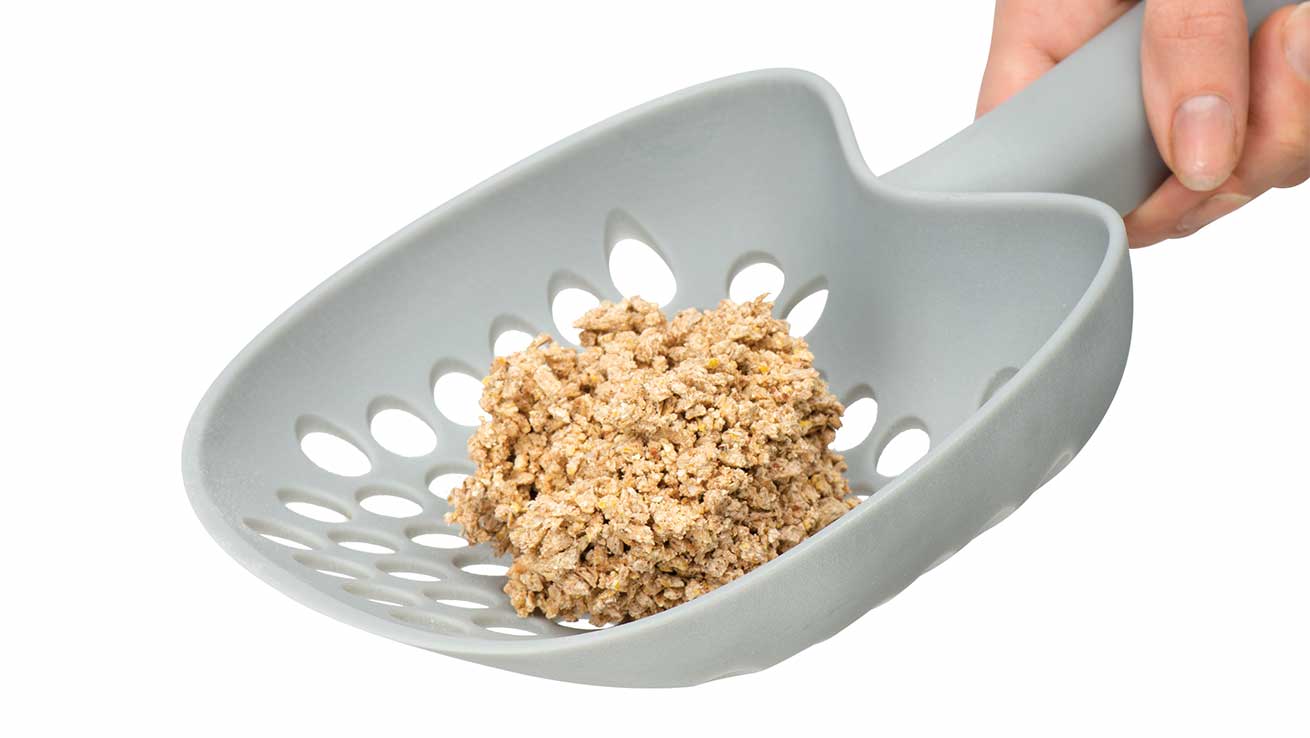
Step 3: mix things up
Remove a few scoops of used litter from your cat’s old litter box and drop them in the litter box containing the new litter. Now, top up the box containing your old litter with some fresh, new litter – litter of the new variety that is. You now have 1 box of new litter with some clumps of old litter in it, and a box of old litter topped up with some of the new litter.
Step 4: repeat every day
Simply repeat step 3 on a daily basis but remember to take things slowly. If your cat dislikes the new litter that you added on top their old litter to the point where they refuse to use their litter box, thoroughly blend the new litter in with the old litter already in the box. Also, don’t forget to remove some clumps from the box with the new litter before it overflows.
Step 5: transition to 100% new litter
Once both litter boxes are mainly filled with new litter, and your cat uses them well, you can transition to a box with 100% new litter. If you chose to switch to one of our Catit Go Natural litters: Congratulations! You just greatly reduced your ecological footprint… or pawprint, that is.
